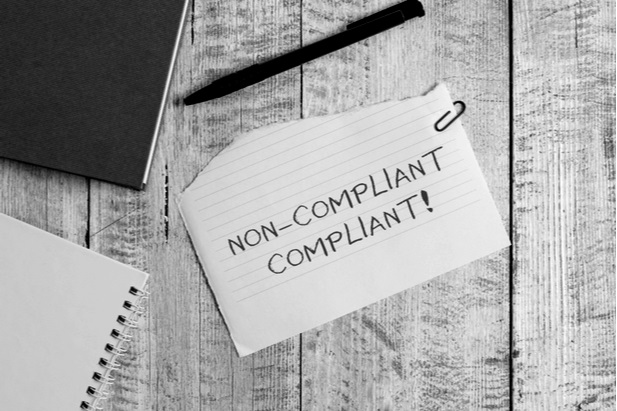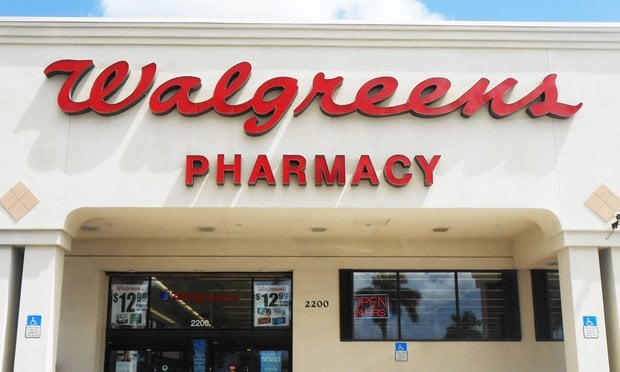As the SECURE Act was getting stiff-armed by a handful of lawmakers in the Senate after passing out of the House of Representatives last spring, the prevailing narrative was that the retirement bill would have to be attached to a must-pass, end-of-year spending package in order to become law.
Advocates for SECURE reportedly descended on the nation's Capitol to make their case as lawmakers negotiated the contours of the 2020 budget. In the end, those advocates got their wish, and SECURE became law when the president signed the spending package.
But as they made their pitch, SECURE's advocates walked a bit of a tightrope. Many important provisions of the law that had earlier passed the House carried a January 1, 2020 effective date.
Implementing the back-office and platform changes necessary to support those provisions would take time, money, and regulatory guidance. Achieving that by the New Year would be impossible.
But lobbying for changes in the effective dates as they pushed to get SECURE attached was a perilous proposition, and would "jeopardize the small window to ensure passage," wrote Tim Rouse, executive director of the SPARK Institute, in a letter to regulators.
So SECURE's champions happily bit the bullet and the result was this: passage of a retirement bill that creates immediate changes in the law that plan providers can't immediately accommodate.
Here are the provisions that are effective immediately that await input from regulators, as enumerated in the SPARK Institute's letter to regulators.
1. Good faith relief
The SPARK Institute—plan recordkeepers are its largest constituent–is not asking regulators to delay retirement savers' access to the new, favorable tax provisions in the law.
Rather, they are asking for good faith relief if penalties arise from a failure to immediately implement changes to retirement platforms.
"It has been the longstanding Treasury and Internal Revenue Service position that in the absence of guidance on changes to the Internal Revenue Code, taxpayers can rely on any reasonable good faith interpretation of the Code. We fully expect Treasury and the Service to do the same here, but the sooner that you can make such an announcement, the better," SPARK wrote in its letter to Treasury.
2. Changes to RMDs and Stretch IRA
SECURE changed the required minimum distribution age requirement in qualified retirement plans from 70 ½ to 72.
Because systems have not been changed, some distributions made this year under the old rule will be treated as an RMD, even though they are not.
RMDs can't be rolled over into another qualified plan. Nor are they subject to the 20 percent withholding rate for other distributions. And sponsors are not required to send a specific notification with RMDs. Here's the relief SPARK is looking for:
- a plan is not disqualified if it makes a distribution under the old RMD
- a plan that makes a distribution under the old RMD can treat it as not being eligible for a rollover, unless the saver requests it be rolled over
- if a required notice is not delivered, the plan is not penalized
- if a plan makes a distribution under the old RMD, the 20 percent withholding does not apply
- an IRA issuer is not penalized if they send notice an RMD is required in 2020, when under the new law it is not
SECURE also eliminated the Stretch IRA, meaning beneficiaries of inherited plans who are not a spouse have to draw down the account within 10 years. SPARK is seeking similar good faith relief administering those changes.
3. Temporarily eliminating 60-day restriction on re-contributions
Because distributions might be inadvertently made as RMDs, SPARK wants regulators to allow that money to be reinvested in plans outside the 60-day window allowed to roll over a plan distribution.
Under tax law, savers are limited to one distribution rollover per year. In the event of an inadvertent RMD that is rolled over, or back into the plan, SPARK says that must not count against the one-rollover-a-year rule.
4. Withdrawals for births or adoptions
SECURE allows new parents to withdraw up to $5,000 from qualified retirement accounts.
Those withdrawals are exempt from the 10 percent penalty on early withdrawals, don't have a 20 percent withholding requirement, and can be repaid outside the 60-day window for other early withdrawals.
SPARK needs confirmation the new withdrawal is optional for plan sponsors to offer.
Furthermore, recordkeeping systems have no way to determine whether a distribution request is for a baby.
"We urge guidance confirming that, in the case of any distribution otherwise allowed by the plan, the plan administrator can treat the distribution as an eligible rollover distribution even if the participant states that this distribution is being made in connection with a birth or adoption," SPARK's letter says.
5. Relief for outdated 402(f) notices
Treasury's model 402(f) notice, which explains a saver's options when they receive a distribution, has been made outdated by the changes in SECURE.
The IRS will need time to update its model notice.
"We expect outdated section 402(f) notices will be provided, and, because of the SECURE Act changes, section 402(f) notices will not be provided when they should be (and vice versa)," SPARK says. "We recommend relief for inadvertent violations of section 402(f)."
6. Safe Harbor auto-escalation bumped up to 15 percent
Before SECURE, sponsors could implement an automatic escalation safe harbor that capped savings deferrals at 10 percent of salary.
Now, that cap is 15 percent. But payroll systems will need time to account for the change.
SPARK wants confirmation the change is optional—that plans that keep the 10 percent cap can maintain their safe harbor status. And recordkeepers need guidance on how to address the change in plan documents, and on those occasions where an improper deferral is made.
7. Contributions to traditional IRAs after age 70 ½
SECURE removed a restriction on contributions to traditional IRAs after age 70 ½.
The old restriction is hardwired into agreements with savers and retirees. SPARK wants regulators to allow issuers until the end of 2020 to update their systems and contracts to allow for the new contributions to traditional IRAs.
8. 529s for student loan repayment
SECURE allows for a $10,000 distribution from a 529 plan toward the student loan repayment of the beneficiary of the account,and also a sibling of that account.
"No section 529 plan administrators are set up to collect and track any information about anyone other than the account owner or the account beneficiary, and will not be able to build a system to collect that information in time for 2020 distributions to begin," SPARK says.
READ MORE:
© 2025 ALM Global, LLC, All Rights Reserved. Request academic re-use from www.copyright.com. All other uses, submit a request to [email protected]. For more information visit Asset & Logo Licensing.









